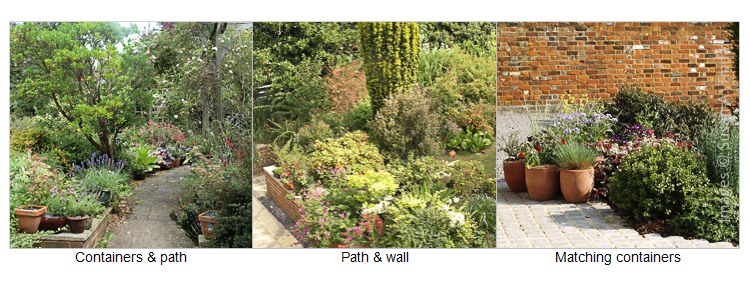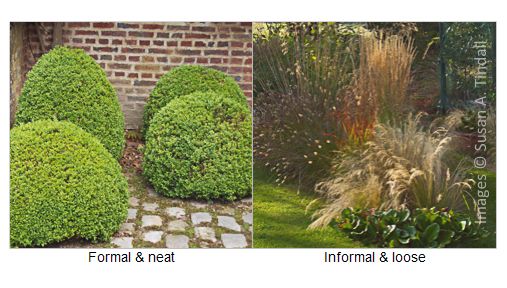03 January 2016
Planning Your Small Scale Garden - Part 1
Part 1 - Thinking about your garden
Planning a small-scale garden is far harder than planning a large garden. For example, if you buy the wrong things there’s no place to hide them - that ugly seat confronts you until you cut your losses and get rid of it. It is all too easy to get disheartened and give up, but even with a small garden, you can develop a life-long, life-enhancing interest. It really can mean that you are able to ‘lose yourself’ in your garden, forgetting the stress and pain life often delivers. Gardens can be very therapeutic. The oft-quoted phrase “the outside room” is a good planning tool. You can apply more or less the same rules for planning your outside room as you do the inside ones. The garden has furniture – steady-state stuff like seating, storage, and a clothes line. It has a floor covering of grass and/or paving and is enclosed by verticals, generally fences or walls upon which you can ‘hang things’. In addition it has the decorative stuff. In this case, not pictures or ornaments, but living matter. Plants that grow, change, become more or less beautiful, even develop bad habits. Plants can be more like pets or children than mere style accessories. What do you need in your garden?
- Seating, perhaps in both sun or shade
- Entertainment space for friends
- Surfaces that can be used in all seasons if needed
- Storage, for bikes, tools and mowers, that aren’t unsightly when seen from the house or seating area
- A place to dry clothes – retractable clothes lines needn't always sit centre-stage
- Space for children to play where they will not damage fragile plants
- Compost bins - need to be placed where there’s earth underneath so they don’t ooze from their bottoms (they also need emptying periodically)
- Containers for planting – several containers that match, or which harmonise in colour or shape, tend to look better in a small space
- Some privacy - you may have to accept you are overlooked by others but try to find one place where you can sit, shielded from above or with screens if you value privacy

- What’s your tidiness threshold? If you like formality and order, better to choose plants that are neat in their growth habit, rather than those with loose or unformed shapes.
- Time available - for caring and watering. Plants in containers may need watering every day in hot periods.
- You will need to learn to prune trees and shrubs, and it is actually quite easy and dead impressive when you get it right. (Which you will.)









